Alberta's Climate Plans
Alberta, known for its strong oil and gas industry, faces a unique challenge in balancing economic growth with climate action. As one of Canada’s largest energy producers, the province has developed several initiatives to reduce emissions, support innovation, and transition toward a lower-carbon economy while maintaining its economic strength. Alberta’s main climate strategy revolves around the Technology Innovation and Emissions Reduction (TIER) program, along with substantial investments in carbon capture, utilization, and storage (CCUS). Here’s a closer look at Alberta’s efforts, accomplishments, and how the community is participating in these programs.
Key Initiatives under Alberta's Plan
1. Technology Innovation and Emissions Reduction (TIER) Program
The TIER program, launched in 2019, is the cornerstone of Alberta’s climate strategy. It’s designed to encourage large industrial emitters to reduce their carbon emissions intensity by providing financial incentives. The program targets sectors like oil and gas, refining, and manufacturing. Instead of focusing purely on total emissions, TIER sets benchmarks for emissions intensity, meaning industries must reduce the amount of emissions per unit of production. This approach allows Alberta to balance its economic interests with climate goals.
Key Features:
Industry-Specific Benchmarks: TIER sets specific benchmarks for emissions intensity in different sectors, encouraging companies to improve their processes and adopt cleaner technologies.
Credit Trading: Companies that reduce their emissions below the set benchmarks can generate credits, which they can sell to other emitters that exceed their limits. This creates a market for emissions reductions and encourages innovation.
TIER Fund: Companies that exceed their emissions limits without purchasing credits are required to contribute to the TIER Fund, which finances projects that reduce emissions, such as renewable energy projects, energy efficiency improvements, and research and development for clean technology.
Accomplishments:
Since its implementation, the TIER program has raised significant funding for climate initiatives in Alberta, including investments in clean energy technologies, CCUS, and methane reduction projects.
Community Participation:
The Alberta public has also played a role, particularly through their support of renewable energy projects funded by the TIER program. Local communities, industry groups, and stakeholders are increasingly involved in discussions on how to direct TIER funds toward projects that benefit both the environment and local economies.
2. Carbon Capture, Utilization, and Storage (CCUS)
Carbon capture, utilization, and storage (CCUS) is one of Alberta’s most significant strategies for reducing carbon emissions, particularly from its oil and gas sector. Alberta has positioned itself as a global leader in CCUS technology, recognizing its potential to significantly reduce industrial emissions by capturing carbon dioxide (CO2) before it reaches the atmosphere, utilizing it in various processes, or storing it underground.
Key CCUS Projects:
Quest Carbon Capture and Storage (CCS): The Quest project, operated by Shell, captures over 1 million tonnes of CO2 annually from the Scotford Upgrader, which processes oil sands bitumen. Since starting operations in 2015, Quest has captured more than 7 million tonnes of CO2.
Alberta Carbon Trunk Line (ACTL): The ACTL is one of the world’s largest CCUS projects. It transports captured CO2 from industrial sites to aging oil fields for enhanced oil recovery, simultaneously storing CO2 underground and increasing oil production efficiency. The system has the capacity to handle up to 14.6 million tonnes of CO2 per year.
Boundary Dam CCS Project: This coal-fired power plant in Saskatchewan, near Alberta’s border, integrates CCUS technology to capture up to 90% of its CO2 emissions. While located in a neighboring province, Alberta has collaborated on knowledge-sharing and technology improvement through this project.
Accomplishments:
Alberta’s investment in CCUS has placed the province at the forefront of global CCUS development, with its projects receiving international attention for their scale and effectiveness. CCUS has helped Alberta reduce emissions from key sectors like oil sands and power generation.
Community Participation:
Many Albertans see CCUS as a way to maintain economic growth in the energy sector while meeting climate targets. The provincial government is working with local communities, including Indigenous groups, to explore the benefits of CCUS projects in terms of job creation and long-term sustainability. Public consultations on CCUS have helped shape policies that ensure the projects align with both environmental and community goals.
3. Methane Reduction
Methane, a potent greenhouse gas, is a key target for emissions reductions in Alberta’s climate strategy. The province’s Methane Reduction Program aims to cut methane emissions from the oil and gas sector by 45% by 2025. This initiative involves improving leak detection and repair programs, upgrading equipment, and promoting the use of new technologies to capture methane that would otherwise be released into the atmosphere.
Key Initiatives:
Methane Reduction Oversight: The Alberta Energy Regulator (AER) plays a major role in monitoring and enforcing methane reduction targets. They work closely with the oil and gas industry to ensure compliance with provincial and federal regulations.
Innovative Technologies: Companies in Alberta are developing and deploying innovative technologies for detecting and reducing methane leaks, such as infrared cameras and automated monitoring systems.
Accomplishments:
The methane reduction initiative has already seen significant progress, with several oil and gas companies implementing new technologies that have resulted in measurable emissions reductions. The program is also receiving funding from the federal government to accelerate its efforts.
Community Participation:
Alberta’s methane reduction efforts involve collaboration with local communities, who have expressed support for reducing the environmental impacts of oil and gas development. Many rural areas in Alberta are directly involved, with companies providing training and jobs related to methane monitoring and management.
4. Renewable Energy Projects
Although Alberta’s energy economy has traditionally been dominated by fossil fuels, the province is making significant strides toward increasing the use of renewable energy. Alberta has seen rapid growth in wind and solar power development over the past decade. The government has launched several initiatives to support these industries:
Key Projects:
Wind Power: Alberta’s wind energy capacity is among the highest in Canada, with projects like the Whispering Pine Wind Farm and Oldman Wind Farm contributing significant amounts of clean energy to the provincial grid.
Solar Power: Alberta is experiencing a boom in solar power, with projects like the Travers Solar Project, set to become the largest solar installation in Canada, providing enough power for over 150,000 homes.
Energy Efficiency Alberta (EEA): The EEA program has helped homeowners and businesses transition to more energy-efficient solutions, offering rebates for solar panels, efficient appliances, and more.
Accomplishments:
Alberta is on track to meet its renewable energy target of generating 30% of its electricity from renewable sources by 2030. Wind and solar projects have not only contributed to reducing emissions but also provided new job opportunities in clean energy sectors.
Community Participation:
Many Albertans are participating in the renewable energy transition through residential solar programs. Energy co-ops have also emerged, allowing communities to invest directly in local renewable energy projects. Public sentiment toward renewable energy is growing as people see the benefits in terms of jobs, cleaner air, and lower long-term energy costs.
5. Alberta’s Hydrogen Roadmap
Alberta is also betting on hydrogen as a key energy source for its future low-carbon economy. The Alberta Hydrogen Roadmap outlines the province’s plan to become a global leader in hydrogen production and use, leveraging its existing natural gas infrastructure. Hydrogen can play a critical role in decarbonizing heavy industries and transportation.
Accomplishments:
Several pilot projects are already underway, and Alberta is actively positioning itself to export hydrogen to global markets.
Community Participation:
As part of the hydrogen strategy, the government is working with local industries, communities, and educational institutions to create new training programs and jobs related to hydrogen technology.
The ZenithNet-Zero team includes experts who can guide you and your company in understanding your net-zero needs and achieving your sustainability goals
Questions?
If you can’t find the answer you’re looking for, feel free to write to us. Help us make this blog a rich source of environmental insights and news.




